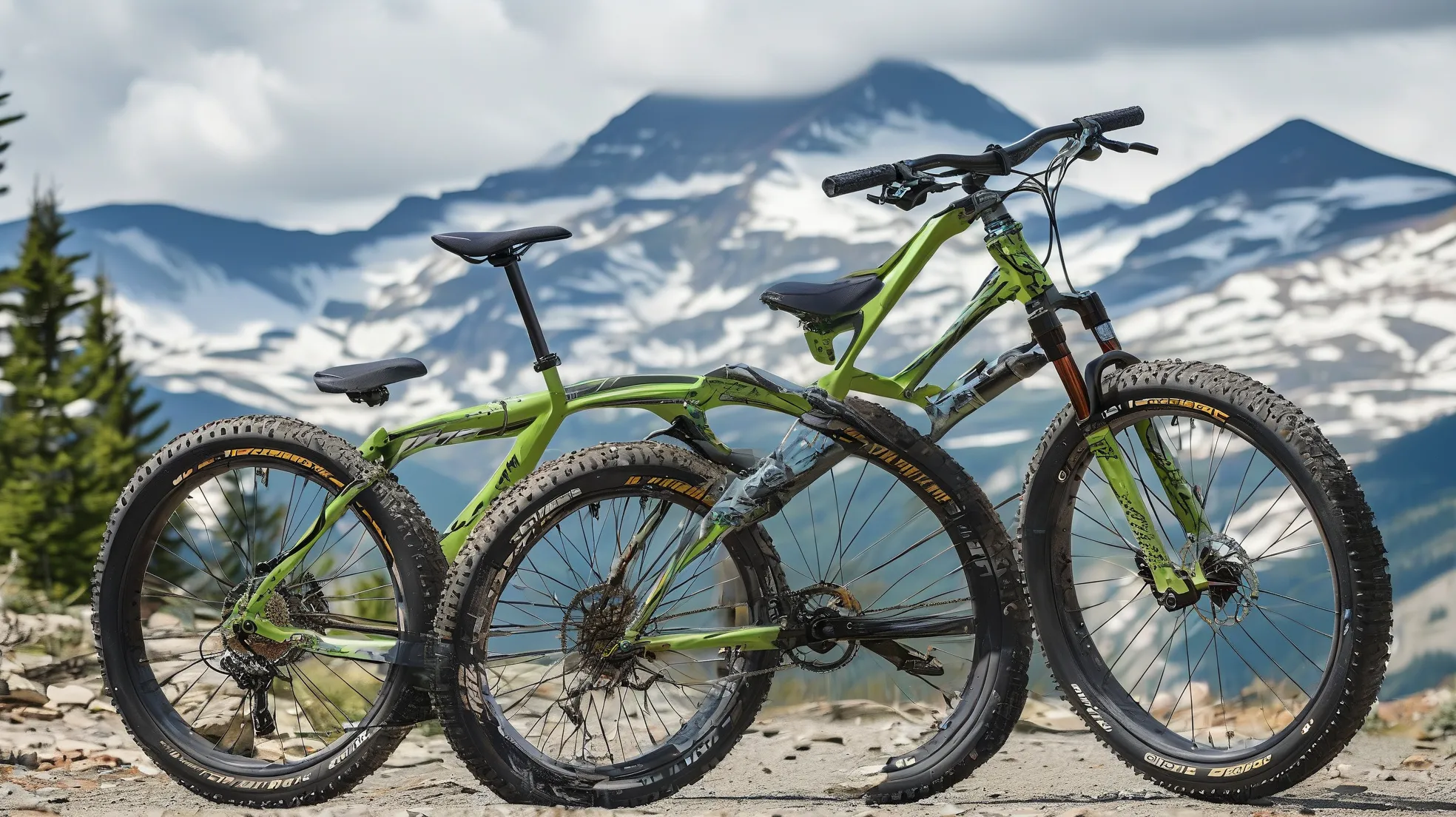Mountain biking continues to surge in popularity, but new high-quality bikes like Giant’s premium models often come with eye-watering price tags. For riders seeking top-tier performance without draining their savings, the pre-owned market offers a goldmine of opportunities—if you know where to look. Here’s your actionable guide to finding reliable used Giant mountain bikes in 2025 while avoiding costly pitfalls.
Why Giant MTBs Dominate the Secondhand Market
Giant Bicycles has built a reputation for innovation and durability since 1972, with models like the Trance, Reign, and Anthem consistently ranking among the most sought-after used bikes. According to Bicycle Blue Book data, Giant MTBs retain 60-70% of their value after three years, outperforming many competitors. Their standardized components (e.g., Maestro suspension systems) also simplify repairs and upgrades, making them a practical choice for budget-conscious buyers.
Where to Find Trustworthy Pre-Owned Deals
- Certified Reseller Programs: Giant’s authorized dealers now offer refurbished bikes with warranties—a 2025 industry trend driven by demand for verified quality. These bikes undergo 23-point inspections and include updated components like tubeless-ready wheels.
- Local MTB Communities: Facebook groups like “MTB Trader 2025” and Pinkbike’s Buy/Sell forum remain hotspots for deals. Look for sellers with detailed maintenance records; 78% of scams occur through vague listings lacking component specifics.
- Rental Fleet Sales: Outfitters refresh fleets annually, selling bikes like the Giant Stance 29er at 40-50% discounts. Check sites like GearTrade.com during off-season months (January-March).
Critical Inspection Checklist Before Buying
Avoid “as-is” nightmares by prioritizing these checks:
– Frame Integrity: Use a flashlight to examine weld points and chainstays for hairline cracks—common in aluminum frames over five years old.
– Suspension Function: Test fork stanchions for scratches exceeding 0.3mm depth (repair costs average $200+). Giant’s Crest 34 forks should rebound smoothly without oil leaks.
– Drivetrain Wear: Measure chain stretch with a $10 tool; beyond 0.75% indicates imminent cassette replacement ($120+).
Negotiation Tactics for 2025 Buyers
Leverage these data points to secure fair pricing:
– Depreciation Rates: Giant’s 2022 models drop 18-22% annually vs. 15% for 2024 releases (per BicycleBlueBook’s Q1 2025 report).
– Component Upgrades: Sellers often overvalue aftermarket parts. A SRAM GX Eagle groupset adds only $150 value to a three-year-old bike.
– Seasonal Trends: Prices dip 12% post-racing season (October-November) as riders upgrade gear.
Post-Purchase Maintenance Musts
Extend your bike’s lifespan with these pro tips:
1. Pivot Bearing Overhaul: Giant’s Maestro linkages require greasing every 30 rides—neglect causes $400+ bearing replacements.
2. Software Updates: Models with RideControl EVO displays (e.g., 2023 Trance E+) need firmware updates for optimal motor performance.
3. Wheel Truing: Pre-owned carbon wheels (like Giant’s TRX 1) should be inspected for delamination using coin tap tests.
The average rider saves $1,200+ by opting for a two-year-old Giant versus new—funds better spent on trail passes or safety gear. By focusing on certified sellers, methodical inspections, and strategic timing, you’ll secure a trail-ready machine that handles like new without the financial freefall. Stay ahead of 2025’s market shifts by subscribing to Giant’s Certified Pre-Owned alerts and regional MTB swap event calendars.
